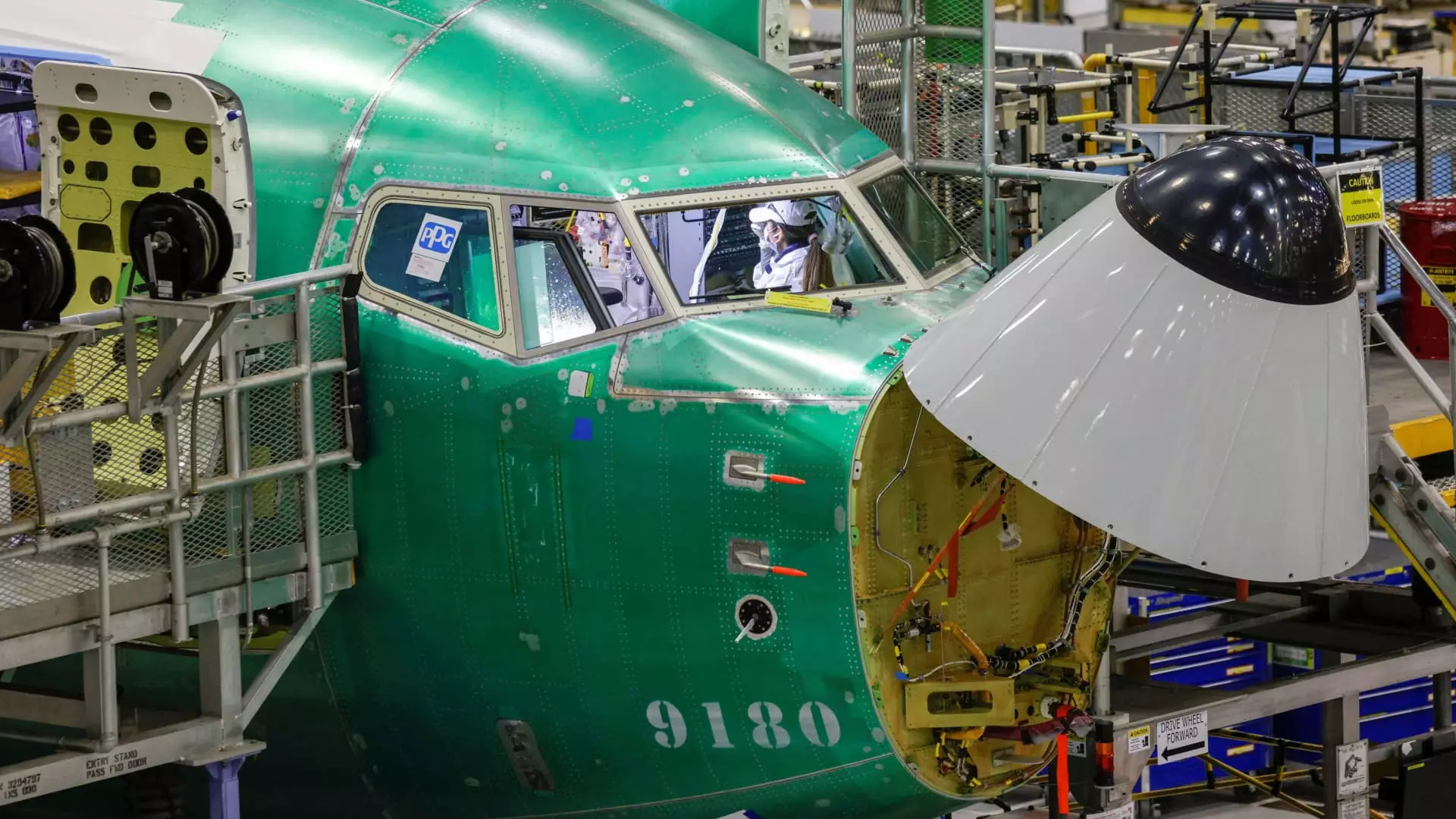The recent strike involving over 32,000 machinists at Boeing marked a significant chapter in the company’s history, ending recently after more than seven weeks of halted production. The machinists voted in favor of a new contract that promises a substantial 38% wage increase over four years, which has become a pivotal factor in their return to work. However, while the end of the strike brings relief, the transition back to full operational capacity is not instantaneous; Boeing has indicated that it will take weeks to resume the manufacturing processes needed for aircraft production.
The repercussions of the strike were felt acutely in Boeing’s output, which saw a sharp decline in aircraft deliveries during that period. In October, the company managed to hand over only 14 jetliners—a number that hadn’t been this low since late 2020, amid the COVID-19 pandemic and the issues surrounding the 737 Max. Notably, nine of those deliveries were 737 Max aircraft, completed by workers who were not involved in the strike. This segment of the operation reflects a significant concern for Boeing: even with a workforce returning to their posts, external factors such as production readiness and operational momentum remain fragile.
As workers gradually return, the company faces a formidable set of challenges. It is vital for Boeing to evaluate potential hazards and re-establish the roles and safety protocols for their machinists. Furthermore, ensuring that all training certifications are current adds another layer of complexity. This intricate process underscores CEO Kelly Ortberg’s statement regarding the inherent difficulties of reviving operations. “It’s much harder to turn this on than it is to turn it off,” he emphasized, highlighting the importance of careful management during this transitional phase.
The recovery phase includes the resumption of production lines in Washington state and Oregon, centering on key aircraft programs such as the 737 Max, 767, and 777. Meanwhile, the 787 Dreamliner, which was produced in a nonunion facility in South Carolina, continued its production throughout the strike period. This unique situation emphasizes Boeing’s diverse manufacturing network and its capacity to adapt to labor disruptions.
Even during the strike, Boeing was able to maintain a steady stream of sales, securing 63 gross orders in October—only two fewer than the preceding month. Among these orders, a significant portion included 40 737 Max 8s sold to Avia Solutions Group, illustrating continued demand for Boeing’s aircraft despite the production setbacks. Additionally, Boeing delivered 10 Dreamliners to LATAM Airlines, showcasing some resilience in its operations despite the labor interruption.
Boeing’s recent labor strike ended with the promise of increased wages but is accompanied by the complexities of restarting its manufacturing engines. As the company works to recalibrate its operations and address safety and training protocols, the journey back to full production will require careful navigation to avoid lingering disruptions that could affect the future landscape of the aerospace industry.


Leave a Reply